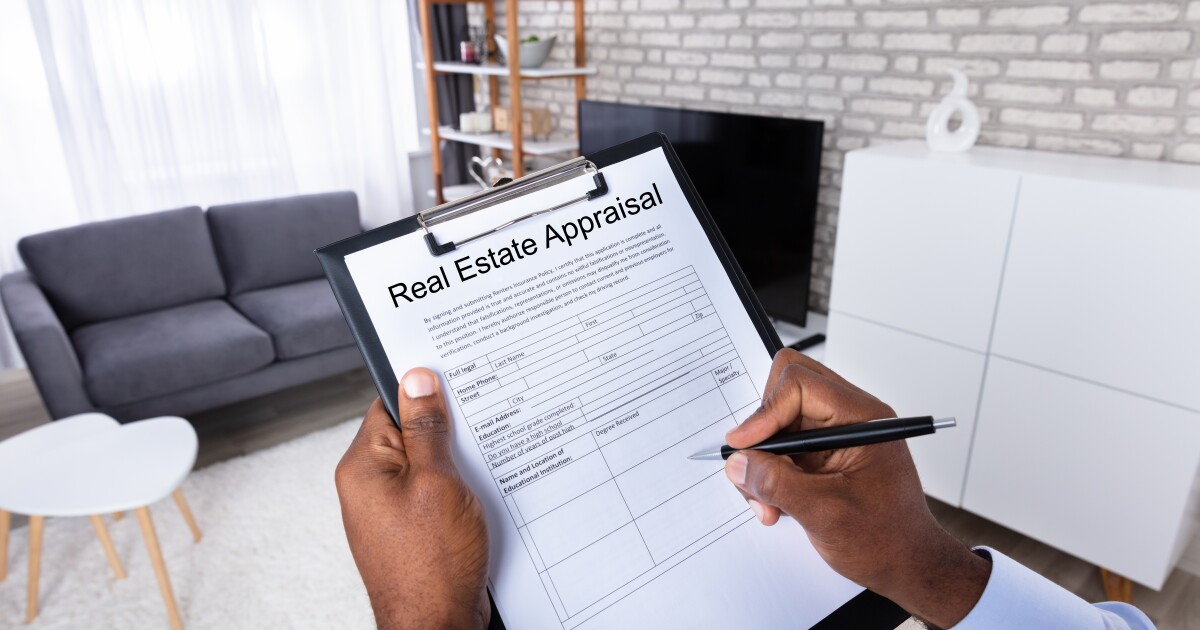
Homes came in underappraised as much as 15% of the time in the recent period of
The end result leaves both buyers and sellers in a precarious situation, often needing to scramble to renegotiate deals, offer more cash up front or accept less favorable loan terms, the report said.
"Low appraisals can also impact refinance borrowers by leading to less attractive loan terms, limiting borrowing amounts or resulting in canceled transactions."
Between 2013 and 2020, appraisals came in lower than the contract asking price 7% to 9% of the time, rising to 15% in 2021 before falling back to 12% in 2022, the FHFA said. In early 2023, they fell back to typical levels.
The discrepancies occur when
Although the Federal Housing Administration and
Between mid 2018 to late 2021 when annual home price growth nationwide shot up from 5% to 18%, FHFA analysis of a uniform appraisal dataset and Zillow predicted values found time adjustments looking at comparable unit sales should have occurred 64% of the time, far higher than the 13% that actually took place.
During that period, appraisers conducted time adjustments often at a rate of less than 10%.
In 2021, when prices accelerated at their fastest pace, comparable sales prices would have been expected to see an uptick of 2.5% to 9% in appraised values. But time adjustment appraisals occurred only at an approximate 25% rate, the FHFA said.
"While adjustments are not necessarily expected in every case, these rates seem to be considerably lower than local price growth would warrant," researchers surmised. "Appraisers time-adjust most of the time only when the predicted adjustment is 20% or larger."
FHFA's analysis also found that among homes re-examined, "the adjustments appraisers do make are typically substantially smaller than house price indexes would suggest." The differences grew in line with what the predicted value would be based on index data.
When comparable sales data might be expected to lead to a 1% to 3% rise in value, the actual time-adjusted appraisals were off by a few tenths of one percent. But as predicted adjustments pointed to a higher value of 5%, they were only scaled up on average by 3%. For a 10% increase in expected comparable prices, time adjustments averaged only 5%.
While putting the consumer at a disadvantage, researchers did not state a clear underlying reason behind the infrequent rate of time adjustments conducted but suggested the complicated nature of determining the correct calculations could play a role. Obtaining correct data might also be expensive or not publicly available.
"Also, market information about comparable sales data can be sparse, decentralized and observed with a lag," the report said.
FHFA indicated it would attempt to dive deeper in its examination of the reasons appraisers opt to make time adjustments, looking at when and where they performed them, in its continued research.



